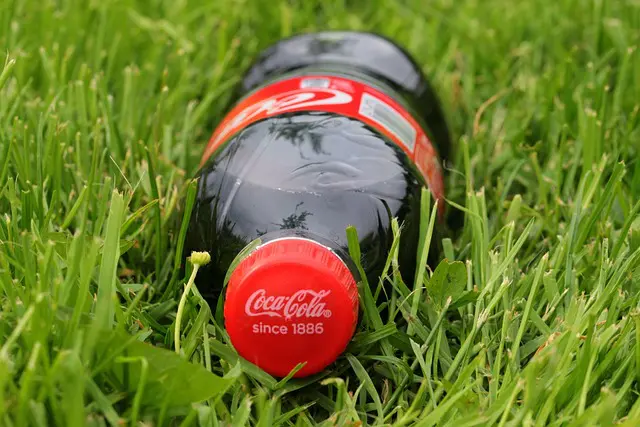All of your favorite brands have registered trademarks. A trademark can be a word, a design, a phrase, or a symbol attached to goods or services.
Some famous trademarks include the Nike Swoosh or the shape of the Coca-Cola bottle (as well as the words “Coca-Cola” themselves and the distinctive stylized lettering in which those words are typically rendered).
If you’re thinking of starting your own brand, you may be wondering if it’s worth it for you to register your business’s name, slogan, or logo as a trademark. Is it really worthwhile to register a trademark? How do you go about doing so? Here’s what you need to know.
Federal Trademark Registration Offers Maximum Protection for Your Mark
Lots of small business owners don’t bother registering their trademarks because they figure they’ll get common law protection from simply using the mark. While that’s true in many cases, an unregistered trademark is only protected within the immediate area in which it’s in use. It doesn’t even extend to the whole state.
Registering your trademarks federally with the U.S. Patent and Trademark Office (USPTO) means that your trademarks will be protected from infringement nationwide. That means you won’t have to worry about competitors popping up in other states and infringing on your mark. It also means that if someone does infringe on your mark, you’ll have the right to take them to federal court. If you hold a federal trademark registration, you don’t have to submit a bunch of evidence to the court to prove that you’ve been using the mark. Your registration certificate will be enough – you’ll be the presumed owner of the mark in the court’s eyes. You can ask Customs and Border Protection to stop infringing goods at the border to protect your brand, and you’ll be in position to extend your trademarks internationally if you need to.
You Can Register a Trademark with the USPTO
In order to register a trademark, you have to file an application with the USPTO. It can take 12 to 18 months for the USPTO to process your application, and you’ll have to log into the Trademark Electronic Application System (TEAS) every three or four months to check the status of your application and monitor important filing deadlines. You don’t need a lawyer for the process if you live in the United States or one of its territories, but it’s still a good idea to have one for legal guidance throughout the process.
You should register a trademark that you are ready to use. If you’re not quite ready to use your trademark, you can file an intent-to-use application, and you will need to start using the mark within the six months following the USPTO’s approval of your intent-to-use application. You can get this deadline extended as many as four times, by six-month intervals, if you can prove to the USPTO that you have a good reason to need the extension.
Different Kinds of Brand Identifiers Can Be Registered Trademarks
There are four types of trademarks. Arbitrary or fanciful trademarks are the strongest type. These trademarks are used for coined or completely made-up terms, like Pepsi or Google. Made-up brand names are considered fanciful trademarks. Arbitrary trademarks are words that have no relation to the products and services – for example, apples have nothing to do with computers, so the Apple trademark is an arbitrary one.
Descriptive trademarks seek to trigger the customer’s imagination. The Coppertone brand name suggests that coppery skin tone you get when you have a nice tan, for example. The Netflix brand name suggests movies (“flix”) that you can stream online (from the “Net”). Descriptive trademarks describe the products or services being offered – for example, the brand Terminix describes what the company does to termites and other insects. Generic trademarks – which consist of generic terms, like “car” for example – have the weakest trademark protection, and may not get trademark protection at all.
Typically, trademarks consist of a brand name, logo, or slogan. However, lots of things can be trademarked. Coca-Cola has trademarked its soda bottle design. Play-Doh has trademarked the unique smell of its product. You could trademark a sound or color, too.
It’s Still Up to You to Enforce Your Trademark Protection
While registering a trademark will provide protection against infringement on your mark, you’ll still have to enforce it by taking infringers to court. You’ll be able to take them to federal court if you have a federal trademark. If you find that someone is infringing on your trademark, talk to a trademark attorney.
When you’re starting a business, the right time to register your trademark is immediately. A trademark registration is essential to protecting your brand – and only a federal trademark registration can give you complete protection.
Also Read:
